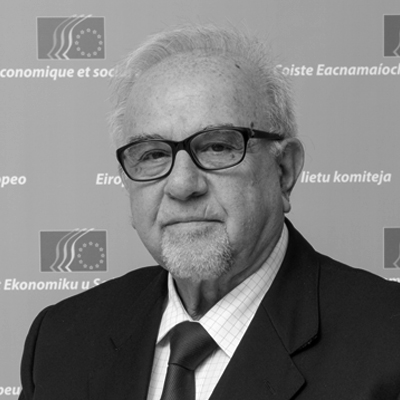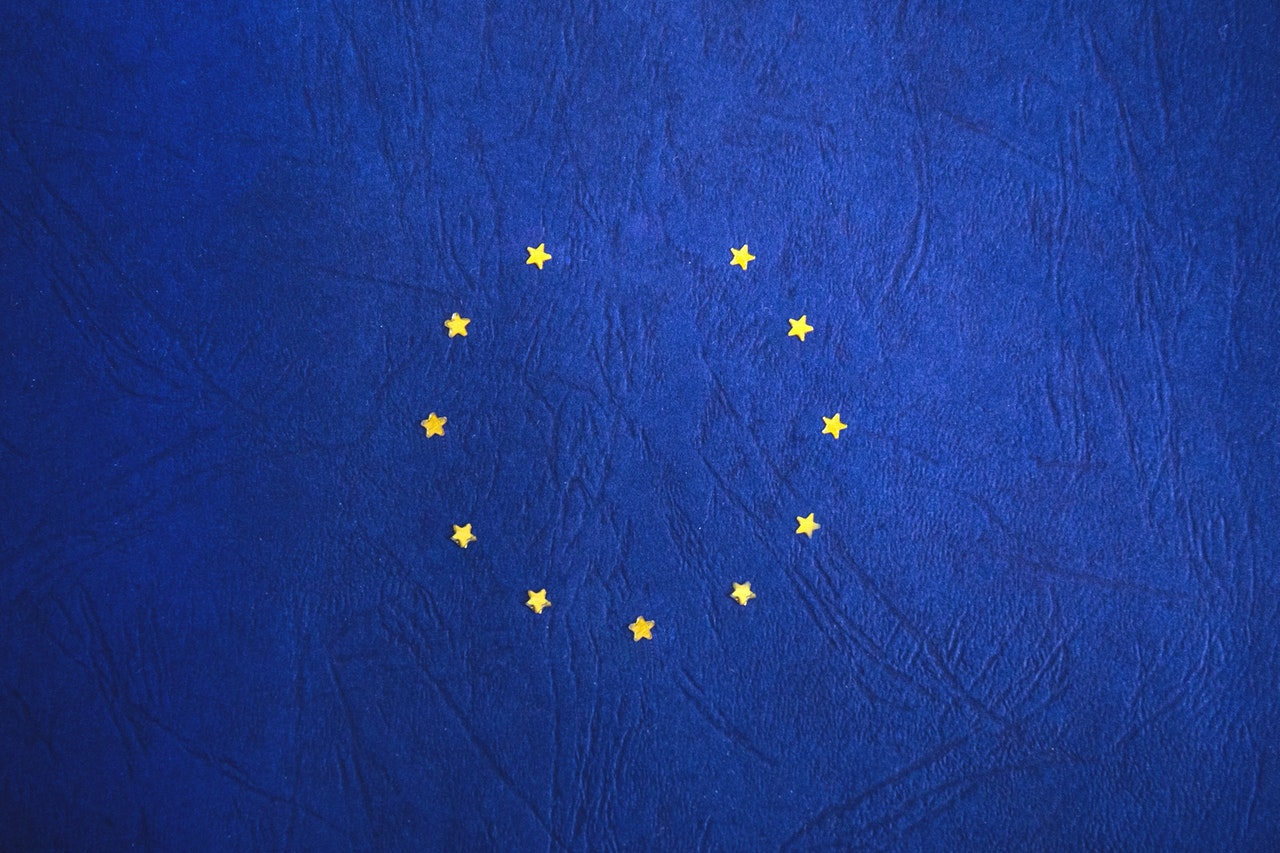According to anthropologists, around 12 000 years ago at the dawn of the Neolithic Revolution, when humans ceased hunting and gathering, there may have been between 2 and 20 million people living on Earth. By about 1750, it would have been around 750 million. A century later, in 1850, the world's population would have been about 1.2 billion. Industrial production of foodstuffs kept creating new room for growth. By 1900, the population was 1.6 billion; in 1950, according to the United Nations, it had reached 2.5 billion, and then soared to 4 billion by 1975. By 2000, the population had reached 6 billion. There are now more than 7.5 billion people living on Earth, and the United Nations expects that figure to rise to 9 billion by 2040.
In the near future, the planet's resources will be unable to support the increase in the global population and it will no longer be possible to maintain a linear economic growth model based on the assumption that resources are abundant, available and accessible and can be disposed of at minimal cost. The disproportionate increase in goods, the result of the products that we mine or cultivate, is reducing the capital provided for us by the planet. We are creating a major problem for future generations – and it may already be too late.
The European Union's initiatives safeguarding the environment and focusing on a circular economy are intended to steer the transition towards an economy which, in addition to yielding economic benefits, will encourage efficient use of resources (metals, minerals, fuels, water, soil, wood, fertile land, clean air and biodiversity) because products will retain their added value for as long as possible and less waste will be produced which has to be disposed of in landfills. In order to achieve these objectives, we must review the entire productivity value chain. By measuring the performance of every single component, it is possible to devise a strategy guiding decisions towards a more sustainable system for goods which also guarantees good profit margins.
It is no easy matter for businesses to shift to a circular economy as it requires specialised, often complex knowledge and the innovation of processes and organisational procedures requires new cultural attitudes, substantial investment, use of advisers and, most importantly, continual updating of regulatory obligations. Ecoinnovation can kickstart new business activities linked to reuse, repair, maintenance, recycling, composting and ecodesign, thus helping create new jobs.
The role of the European Economic and Social Committee
For the European economy to become genuinely circular, all stakeholders must be involved: public authorities, businesses (including SMEs), trade unions, consumers and civil society as a whole.
Set up in 2017 following recommendations issued by the European Economic and Social Committee (EESC) in the opinion on the circular economy package, the European Circular Economy Stakeholder Platform is a joint European Commission and EESC initiative. The two institutions work closely to promote the platform as a space for the exchange of ideas and a growing body of information and to deliver the circular economy as quickly as possible in the interest of us all. The platform is assisted by a coordination group made up of 24 representatives of civil society from across Europe, who act as circular economy ambassadors on behalf of the platform.
The EESC has pointed out on several occasions that to be inclusive, the transition to a circular economy now needs to be encouraged at national, regional and local level. Activities have to be geared to local issues and make use of local strengths. A decentralised approach would be particularly useful for analysing how the circular economy can contribute to a better life for people by factoring in social indicators to measure the success of circular economy activities at local level.
A European Green Deal for a just transition
On 11 December 2019, the Commission adopted a Communication on The European Green Deal, setting out the roadmap for a new growth policy for Europe based on ambitious climate and environment objectives and interactive processes bringing together individuals, towns and regions in the fight against climate change and support for measures to protect the environment.
In line with the objective of making the EU climate neutral by 2050 in a way which is both just and efficient, the European Green Deal has proposed a Just Transition Mechanism and Fund. Europe is fully aware of the fact that the most vulnerable groups are most exposed to the harmful effects of climate change and damage to the environment. The impact on individuals and workers will vary, and the EESC has reiterated that the Green Deal must be a social pact as well as a green one.
The prospects for Italy
In Italy, it will be vital to take account of the regions and sectors hit hardest by the transition due to their dependence on fossil fuels, including coal, or on industrial processes generating large amounts of greenhouse gases.
Some sectors will decline, with an irreversible drop in economic production and employment levels. Taranto and the Sulcis area in Iglesiente deserve particular attention: as weak links in the processing chain, they would benefit from major new measures flanked by appropriate budgets set out in the just transition programme.
The Just Transition Fund will focus on economic diversification in areas hardest hit by the climate transition, as well as on reskilling and active inclusion of local workers and job seekers.
The Commission's programme promotes a coherent regulatory framework. It will issue sectoral standards for state aid which will lay the groundwork for easier access to national funds for projects in line with the objectives of the just transition. The regions will be given advice and technical assistance under the just transition mechanism.
The planning process, including identification of areas in which action will be taken, will be agreed by means of a dialogue between the Commission and each Member State. The areas will be those which have suffered most from the economic and social fallout of the transition, particularly in terms of expected job losses and the transformation of production processes in the most greenhouse gas-intensive industrial plants.
Support provided through the Just Transition Fund will be supplemented by a specific programme under InvestEU which will support a wide range of investments, with a focus on contributing to the transition through support for low-carbon, climate-resilient activities such as investments in renewable energy and energy efficiency programmes.
This programme will also be able to mobilise financing for energy and transport infrastructure, including gas and district heating infrastructure, along with projects promoting decarbonisation, regional economic diversification and social infrastructure.
A new loan instrument for the public sector set up with the EIB will also provide local authorities with subsidised financing for the relevant regions. EU support could take the form of an interest rebate or subsidised investments, financed by the EU budget, which will be bundled with loans granted by the EIB to municipal and regional authorities and other public authorities. The development of infrastructure for alternative fuels, stipulated by Directive 2014/94/EU, could make a significant contribution to creating new types of jobs and replacing those rendered obsolete.
The framework currently being devised by the Commission to roll out the circular economy and the European Green Deal must allow for the opportunities created by the Horizon Europe programme: through its missions system, this programme can identify towns or territorial groupings which need particular attention, either cultural or financial, in order to manage a just transition.



